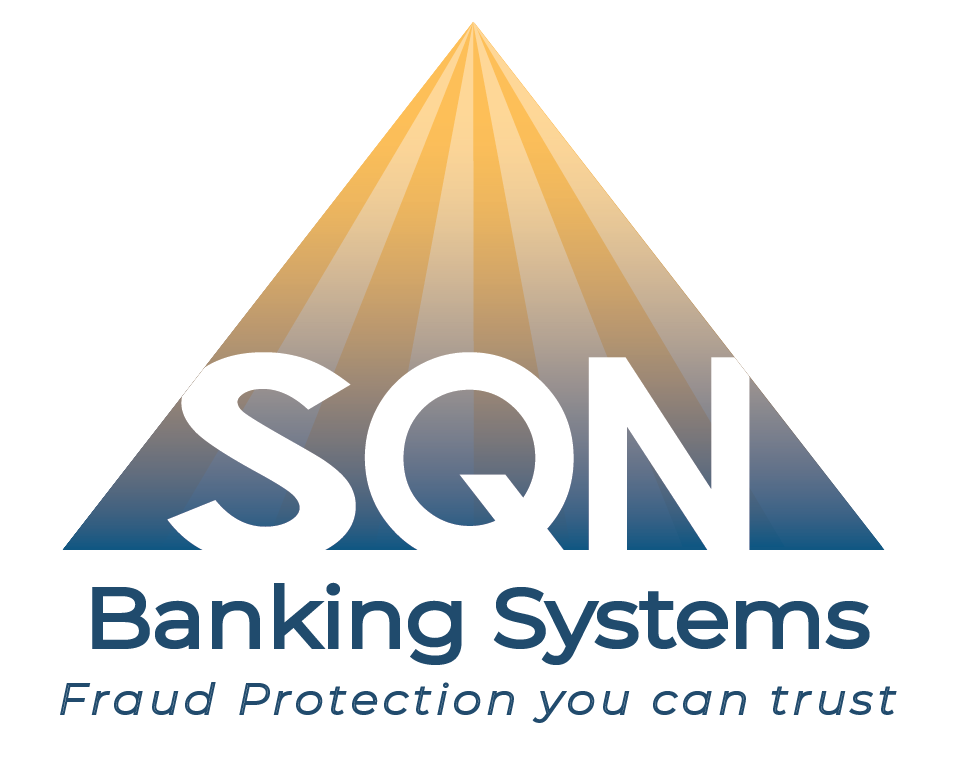Check Use Stats for 2023

Check use is declining, but it’s not going away any time soon. In fact, there are currently billions of checks written for trillions of dollars every year, and business accountholders, in particular, plan to continue to use checks.
To protect your customers and your financial institution from losses related to check fraud, you need to understand the popularity and the risks of this payment method.
To help you out, take a look at these stats about check use from the Board of Governors of the Federal Reserve System and JP Morgan’s payments survey. To protect your financial institution from check fraud right now, contact us at SQN Banking Systems today.
1. The value of check payments has increased.
Between 2018 and 2021, the average value of check payments increased by .6% per year. In 2018, the average value was $1,908, but it increased to $2,430 in 2021. This is likely related to increasing costs for business expenses, mortgage payments, and rents, coupled with a decline in consumer use of checks for routine purchases such as groceries.
This fact emphasizes the importance of check fraud prevention. If you let even a single bad check slip through the cracks, you risk losing nearly $2500 on average.
2. The number of checks used is declining.
Since 2018, the number of checks written has declined by 7.2% per year. The declining use of checks is a well-known fact, but that does not mean that checks are dead. It certainly doesn’t mean that banks can ignore checks.
In 2021, banking customers wrote a total of 11.2 billion checks. To put this number into context, there were only 3.7 billion ATM withdrawals that same year. Unfortunately, checks are more susceptible to fraud than nearly any other payment method, and to protect themselves and their customers, banks need tools to detect and prevent check fraud.
3. Checks make up 21% of non-cash payments.
In spite of declining use, checks still constitute a significant portion of noncash payments. The noncash payment sector grew faster from 2018 to 2021 than it did in any previous three-year period. Arguably, this was due to COVID-era restrictions on the use of cash, but it’s also a reflection of increasing consumer preference away from cash payments.
4. Check payments are worth trillions.
The value of checks is a stunning $27.23 trillion dollars per year. Individual financial institutions should understand the value of checks that are passed through their institutions, and they should tailor their fraud approach accordingly.
For example, while fintech companies have a much lower risk of check fraud, they also struggle to attract business clients. Community banks and credit unions, in contrast, tend to have a more traditional client base that often uses checks. These institutions can leverage their offerings to draw in those types of clients as well as business clients, but at the same time, they also need to beef up their check fraud security.
5. A significant portion of checks are converted to ACH
Of the 12 billion checks written in 2021, about 800 million were converted to ACH transfers. Although this is a significant portion, it’s still a decrease in the portion of checks converted to ACH deposits. In 2018, over 10% of checks were converted to ACH.
This decline is likely related to an overall increase in ACH payments that don’t originate as check payments. The organizations that continue to accept checks are less likely to convert them into ACH payments. ACH payments passed checks as the most popular non-cash payment method in 2009, and since that time, they’ve claimed nearly three-quarters of all non-cash payments.
6. Nearly two-thirds of organizations face check fraud.
Nearly two-thirds (63%) percent of organizations faced some type of check fraud in 2021. Checks are the most vulnerable payment method used by most organizations, and unfortunately, when they become victims of fraud, they typically only recover a very small portion of the losses.
These are your business customers. Do you have safeguards in place to protect them from check fraud? Do you offer educational materials to help them minimize their risks? If not, you risk losing these high-ROI clients.
7. Three-fourths of organizations plan to continue to use checks.
While individuals continue to gravitate away from checks, businesses simply cannot. They need checks to keep the wheels turning, and the majority of businesses say that they plan to continue to use checks despite the risks. If you can reduce the risks for these customers, you stand to gain a lot of business and respect.
As a banking professional, you need to ensure that your financial institution is ready to fight check fraud. We can help. At SQN Banking Systems, we offer tools to help you detect fraudulent checks. Our solutions offer convenient workflows that automate processes and leverage machine learning to improve accuracy.
Ready to reduce the risks of check fraud at your financial institution? Then, contact us today.
